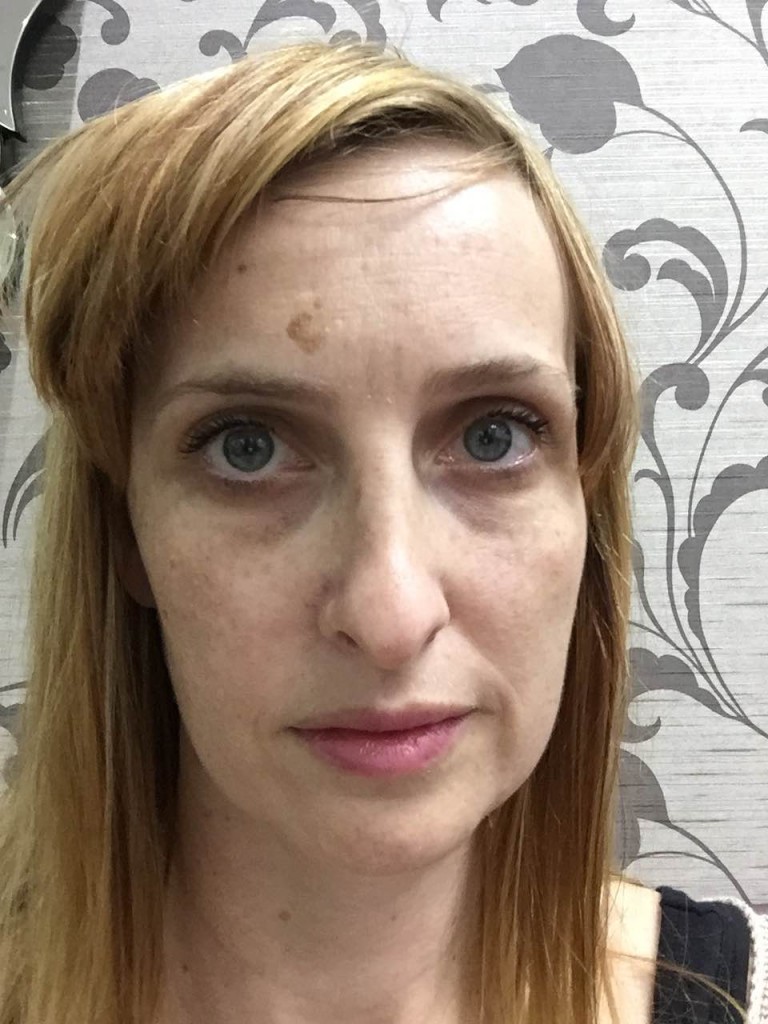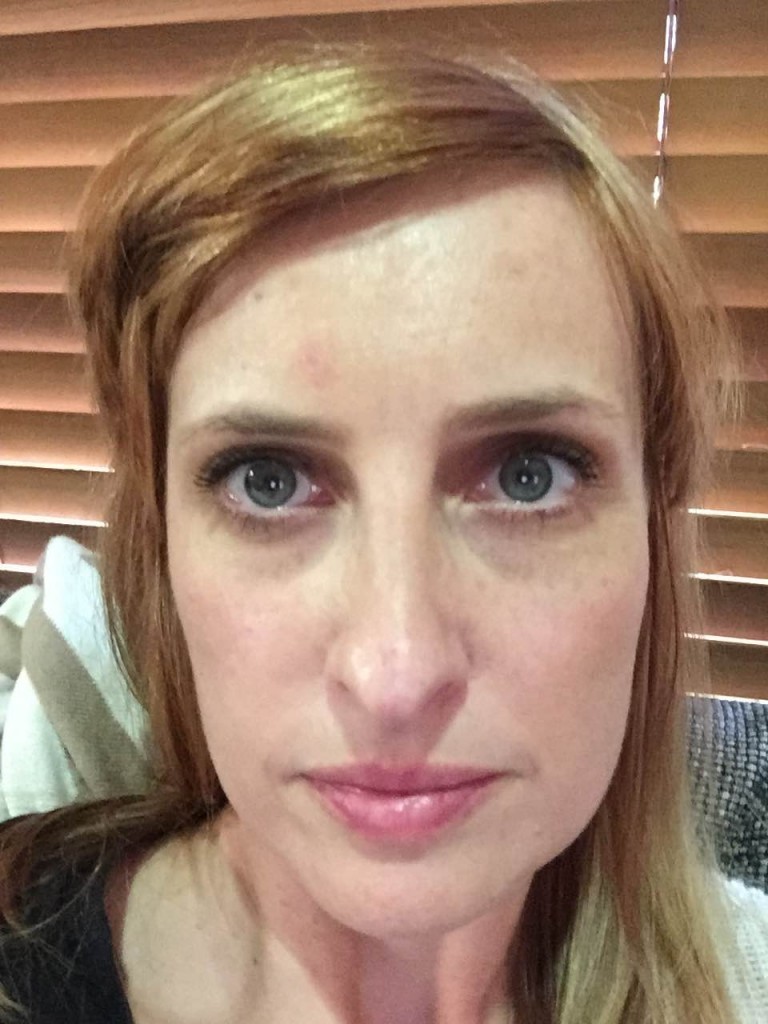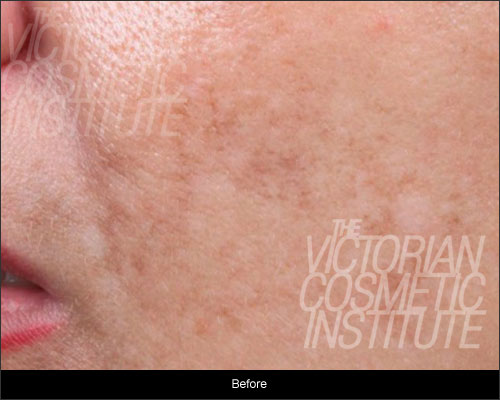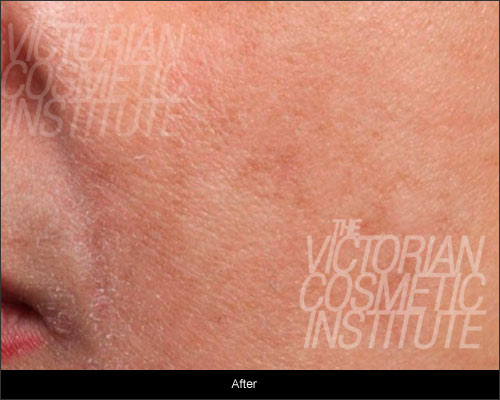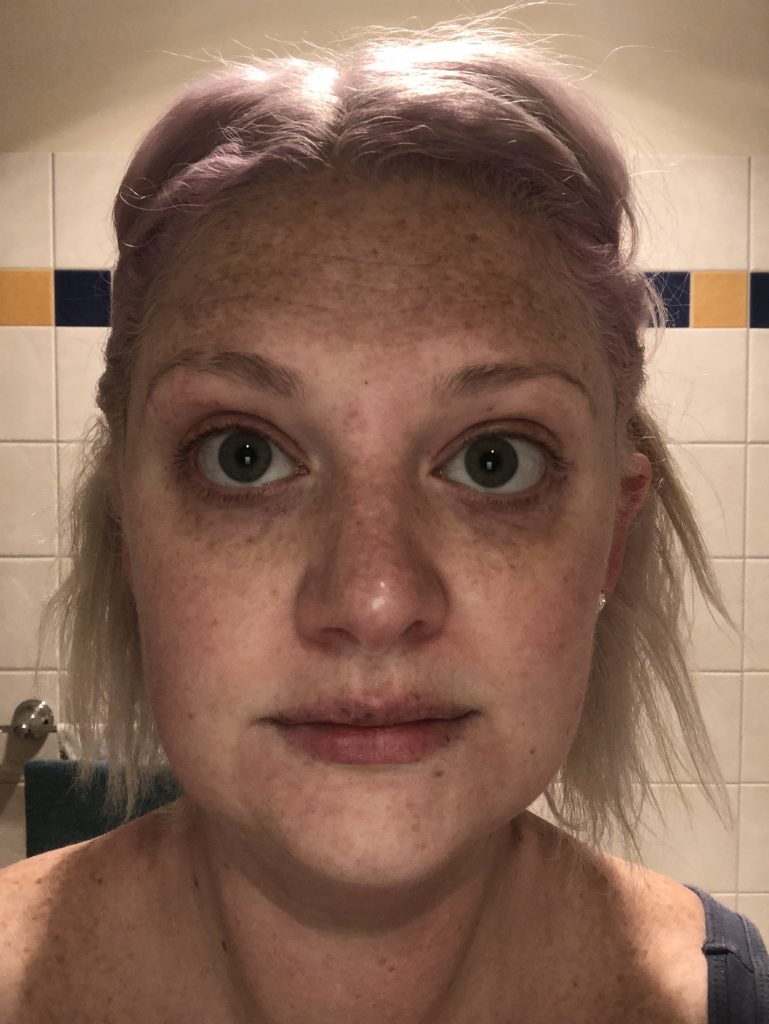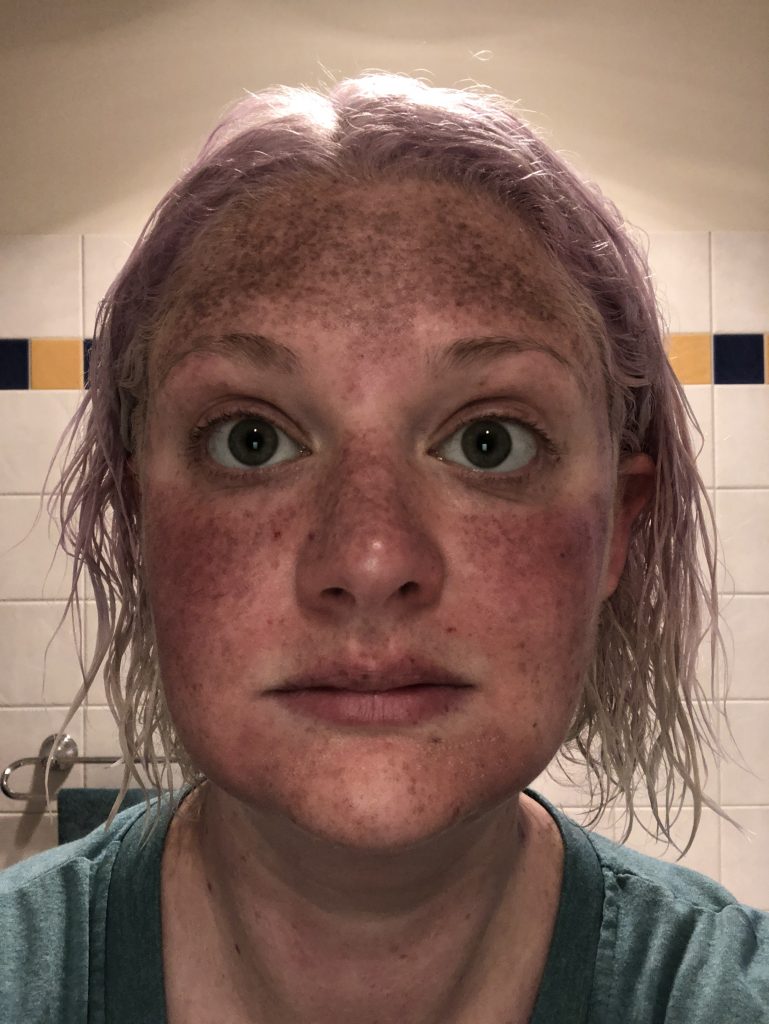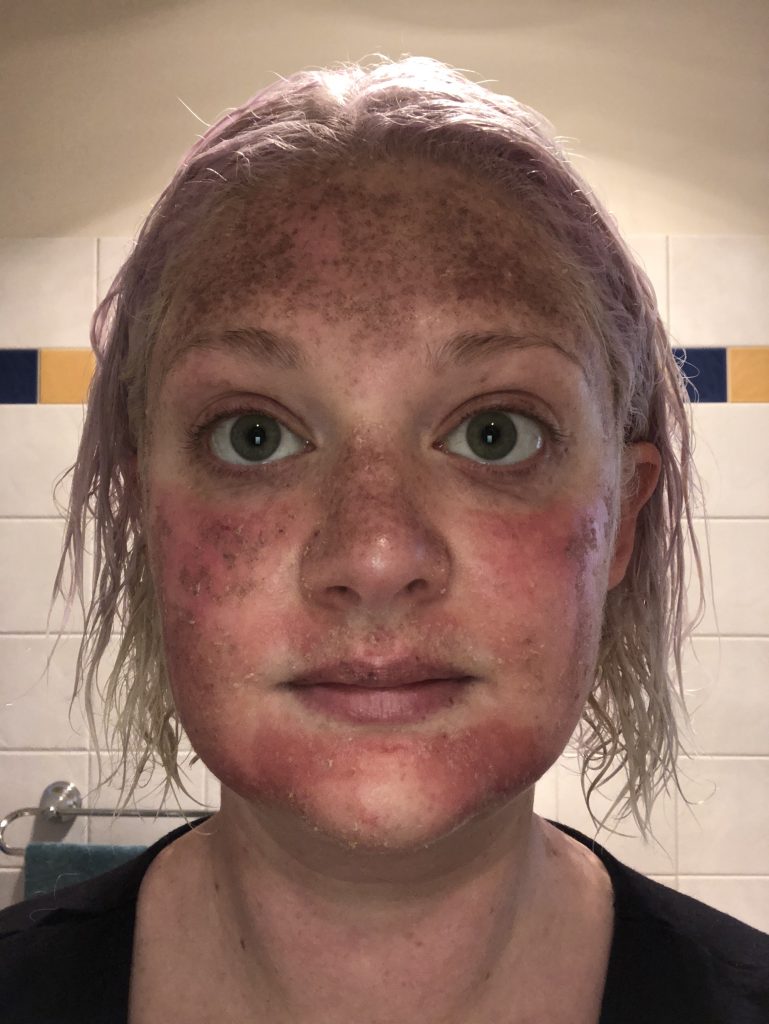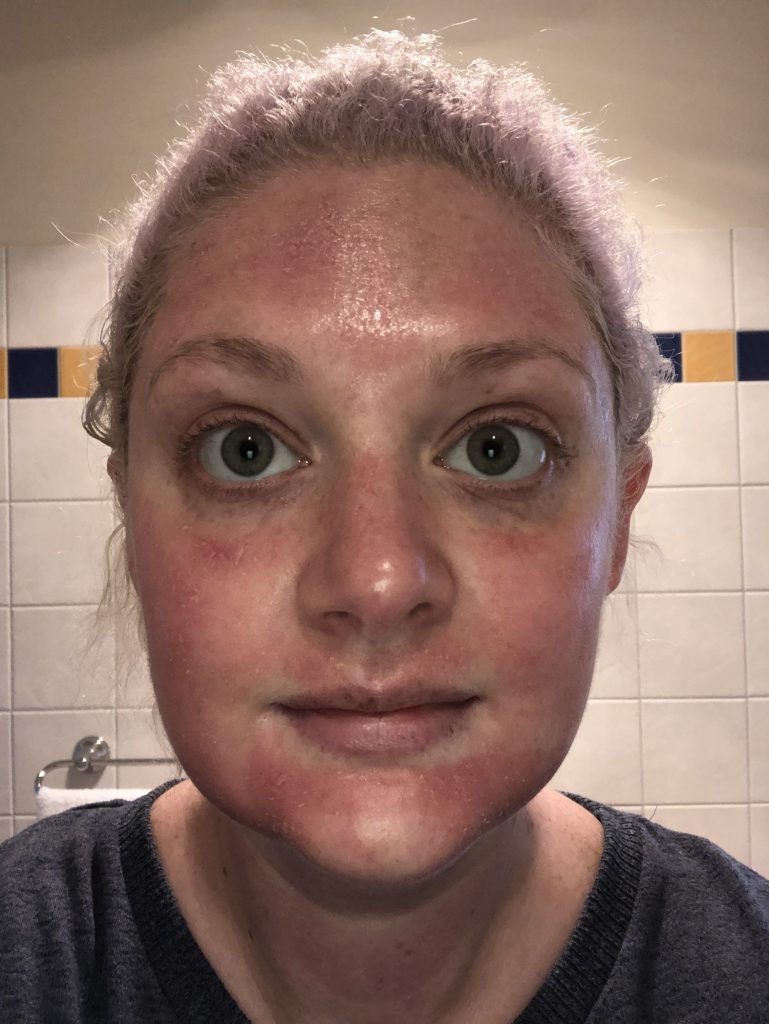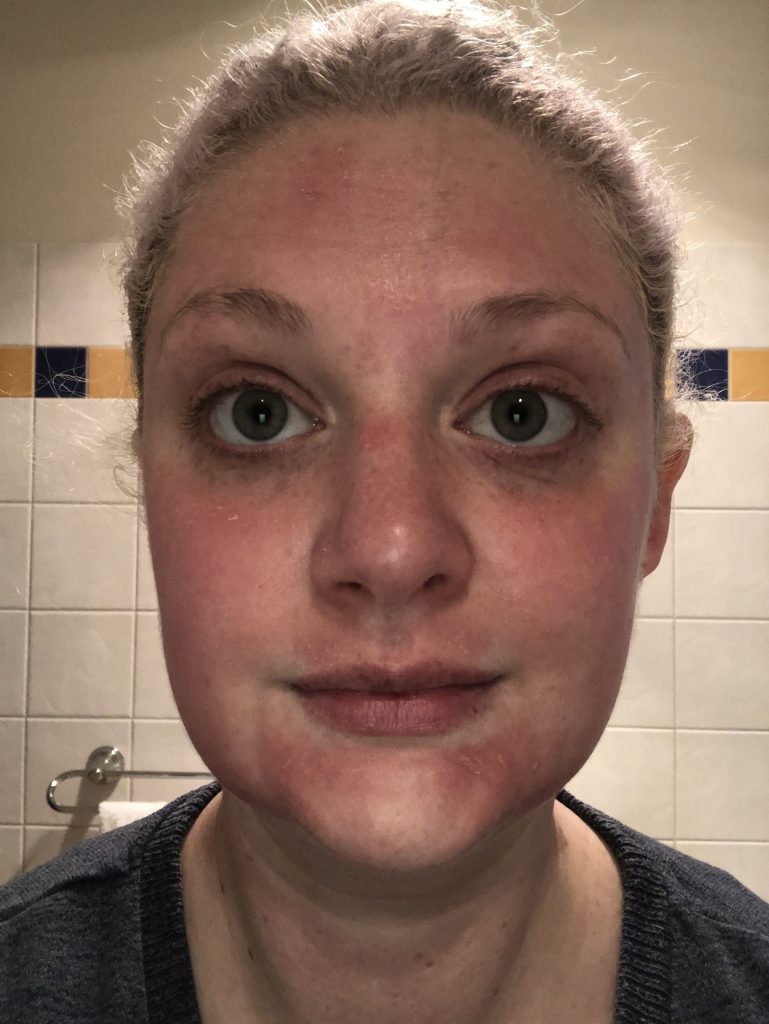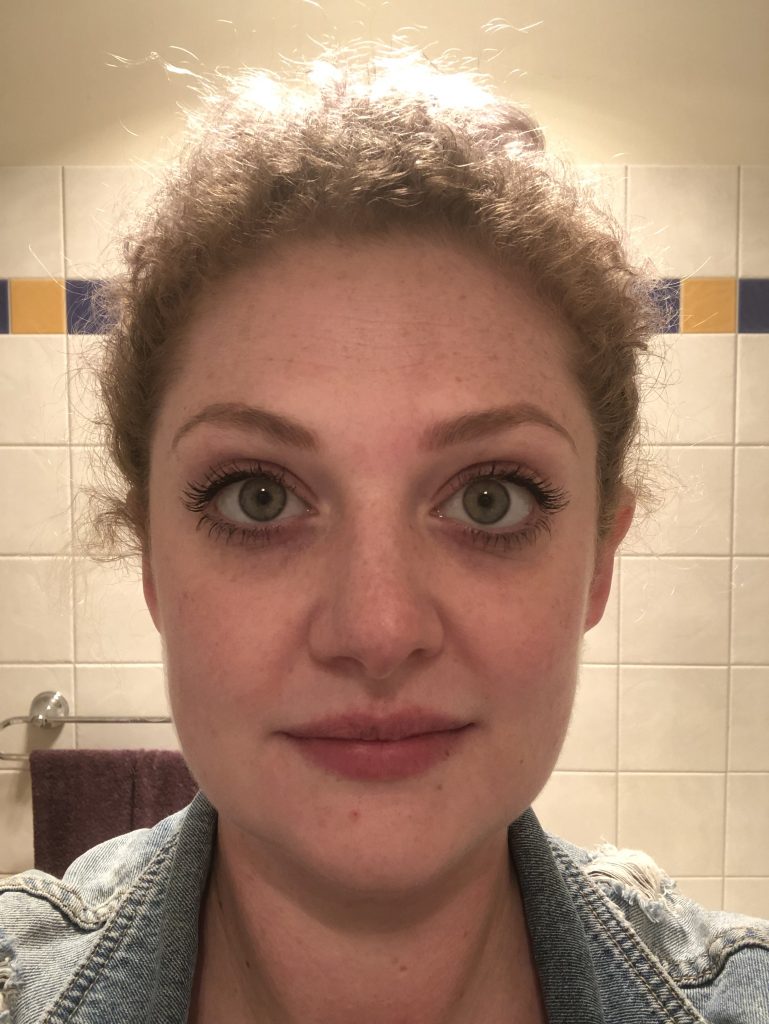Last updated November 2021
What is Fraxel laser and what is a fractional laser?
The Fraxel laser is a light-based laser treatment that smoothes fine lines in the skin. As the laser penetrates the deeper layer of the skin, it stimulates new collagen and elastin production, revealing a youthful and rejuvenated appearance.
The Fraxel laser treatment is suitable for targeting a number of skin conditions:
- Brown spots
- Hyperpigmentation, including melasma
- Surgical scars
- Freckles
- Sun damaged skin
- Wrinkles
- Acne scarring
Fractional lasers fire microscopic columns of laser energy into the skin, sparing the skin in between these columns. This allows for effective treatment of skin with less downtime and less risk.
Fractional lasers also allow a greater range of skin types to be treated in comparison to non-fractional lasers. In particular there is more scope for the treatment of olive or darker skin types with less risk of pigmentation problems post-treatment in comparison to non-fractional lasers.
One of the key advantages of the Fraxel Re:store Dual laser, is that it does not remove top layers of skin. The micro-columns of the skin are heated, which induces new collagen production, resulting in minimised downtime. However, multiple sessions are usually required for optimal outcomes.
What are the benefits of Fraxel laser?
There are a number of benefits of Fraxel dual laser, including:
- Improves skin texture
- Evens out skin tone
- Stimulates collagen and elastin production
- Minimal downtime required
- Minimises acne scarring and signs of sun damage
- Softens wrinkles and fine lines
- Prevents surgical scarring
What are the effects of the Fraxel Re:store Dual laser wavelengths on the skin?
The Fraxel Re:store Dual laser has two wavelengths, 1550 nanometers (nm) and 1927nm, each suited to the treatment of different skin conditions. The 1550nm and 1927nm wavelengths are primarily attracted to the water in the skin. As one of the main constituents of skin is water, this causes the laser energy to be converted to heat energy within the skin. This induces remodeling and regeneration of skin to address various skin concerns. As the name suggests, Fraxel is fractional in nature (only some of the skin is treated). This results in improved healing times, and reduced risk.
Depending on the type of skin and skin problem treated, it is also possible to use both 1550nm and 1927nm wavelengths in the same session to target the skin at different depths.
1550nm wavelength
The 1550nm wavelength is quite a deep penetrating laser wavelength and can penetrate up to 1.4mm into the skin, which makes it the ideal for the treatment of deeper problems such as acne scarring. The laser wavelength induces controlled zones or columns of coagulated tissue in the dermis, also known as microthermal zones (MTZs) which are repaired and remodeled. The 1550nm wavelength produces deep but thin columns of laser energy into the skin. This reorganises and regenerates collagen to help to lift indented scars such as those from acne, or to smooth and flatten traumatic or surgical scars.
1927nm wavelength
The 1927nm wavelength addresses more surface problems of the skin. Being more avidly attracted to water than the 1550nm wavelength, the 1927nm wavelength only penetrates superficially before its energy is quickly taken up by the water in the skin and converted to heat energy. It produces bigger but more superficial columns of laser energy than the 1550nm and can be used to cover a greater percentage of the skin’s surface area. The 1927nm wavelength is very useful for the treatment of superficial pigmentation, freckles and sun damage.
Both wavelengths can also be used on the face as well as the body, including the neck and decolletage.
What happens before Fraxel treatment?
The first step in Fraxel treatment is for one of our practitioners to assess your skin’s suitability for the treatment. Not all skin conditions and skin types are suitable, or there may be another laser that is more suited to your concerns. If the Fraxel is suitable for you, we then select the most suitable Fraxel wavelength (1550nm or 1927nm) to your skin concern/type.
Standardised clinical photographs of the skin are taken for the purposes of before and after comparison.
What happens during the procedure?
Usually, topical anaesthetic cream is applied for about 1 hour prior to treatment, and this sufficiently numbs the skin to make the Fraxel treatment comfortable.
The Fraxel laser treatments are also always performed with a Zimmer cooler. This machine blows cold air over the treated areas during treatment. This serves the purpose of reducing discomfort from the procedure, as well as reducing unnecessary heat energy build up in the skin.
The Fraxel laser has a patented scanning hand piece that fires columns of laser into the skin. It uses an Intelligent Optical Tracking System (IOTS) to fire the laser consistently into the skin irrespective of the speed of movement of the hand piece by the operator. Usually several passes are performed to achieve the necessary end-point required. The total treatment time (laser time only) of the face is usually around 20 minutes.
How do I look and feel after Fraxel treatment?
After treatment the skin looks red and feels warm. The intensity and duration of side effects depends on the level of the treatment. Redness and swelling usually persist for a few days, but in more aggressive treatments, can persist for longer. There can also be some mild peeling or bronzing effect on the skin post treatment that lasts about a week.
How do I take care of my skin after the procedure?
After Fraxel laser treatment, using ice packs on the treated area can help ease the heat sensation. Using a soothing moisturiser like the Aspect Dr Soothing Balm and applying a SPF 50+ broad spectrum sunscreen, like the Aspect Sun Envirostat SPF50 in the days after the treatment will help protect the skin as it heals.
Avoid scrubbing, rubbing and using exfoliants on the skin. Smoking, strenuous exercise, excess alcohol consumption, swimming and sweating should also be avoided. Exposing the skin to heat and sun should generally be avoided as well.
FAQ
Can Fraxel laser treat melasma?
Melasma is a common pigmentation problem seen mostly in women. It tends to be both a deep and superficial pigmentation problem and is an example of a condition that can be treated by both or either wavelengths of the Fraxel. Melasma also tends to occur on olive or darker skin types, and as the Fraxel is fractional in nature, it can be used safely and effectively on these skin types. Our preferred laser treatment for melasma is the PiQo4 laser which tends to cause fewer complications such as the exacerbation of pigmentation post-laser.
Is Fraxel laser the best for acne scars?
For scarring, including acne scarring, the Fraxel dual laser is less effective than Infini (radiofrequency combined with micro-needling) and fractional carbon dioxide laser treatments.
Can you treat freckles with Fraxel laser?
Freckles can also be effectively treated with the Fraxel laser. Freckles reside in the more superficial layers of the skin, and are generally widespread across the face. They are approximately the size of a matchstick head. The advantage of treatment with the Fraxel laser is that it can very uniformly treat the skin allowing for a consistent and even treatment. It achieves this by using a scanner that is rolled across the face.
Freckle treatment is particularly effective with the 1927nm wavelength and is one of our most effective lasers for this indication.
Is there any downtime for Fraxel laser?
There is minimal downtime for Fraxel laser. Downtime can be between 3 to 5 days and 7 to 10 days for more aggressive treatments.
How many treatments do I need?
For scarring, it generally requires 3-6 treatments. Treating other conditions may need more than one treatment with at least 1.5 months in between.
Are there any side effects?
There are minimal side effects for Fraxel laser. Common side effects include redness and swelling following the treatment, which resolves itself after a few days. Itchiness, peeling and flaking skin, and dry skin may also occur temporarily.
Who is not a suitable candidate?
Fraxel laser treatment is not recommended for those who are pregnant or breastfeeding. It is also not recommended for those who have been on Roaccutane in the past 3 months.
How long will it take to see results?
Fraxel laser results are gradual and immediate. As the skin starts to heal, improvements can be seen after a few days. In the following months, the skin will continue to improve as collagen replenishes.
Why choose Victorian Cosmetic Institute as your provider of Fraxel laser treatments?
The Victorian Cosmetic Institute has the latest version of the Fraxel laser with the dual wavelengths 1550nm and 1927nm. Our staff have been highly trained in Fraxel laser treatments. Your treatment will be performed by experienced practitioners.
Furthermore, we have a wide range of other lasers to choose from for the treatment of your skin. This means that we are able to select the best laser for treatment for you.
Making that first phone call can be a confronting task – many of our patients have preferred filling out our online enquiry form. We can then contact you with an understanding of the results you are hopeful of achieving and ensure the treatment is appropriate. It’s as easy as clicking the “make an enquiry” button and completing the provided form.
Otherwise, you can phone us directly on 1300 863 824.
